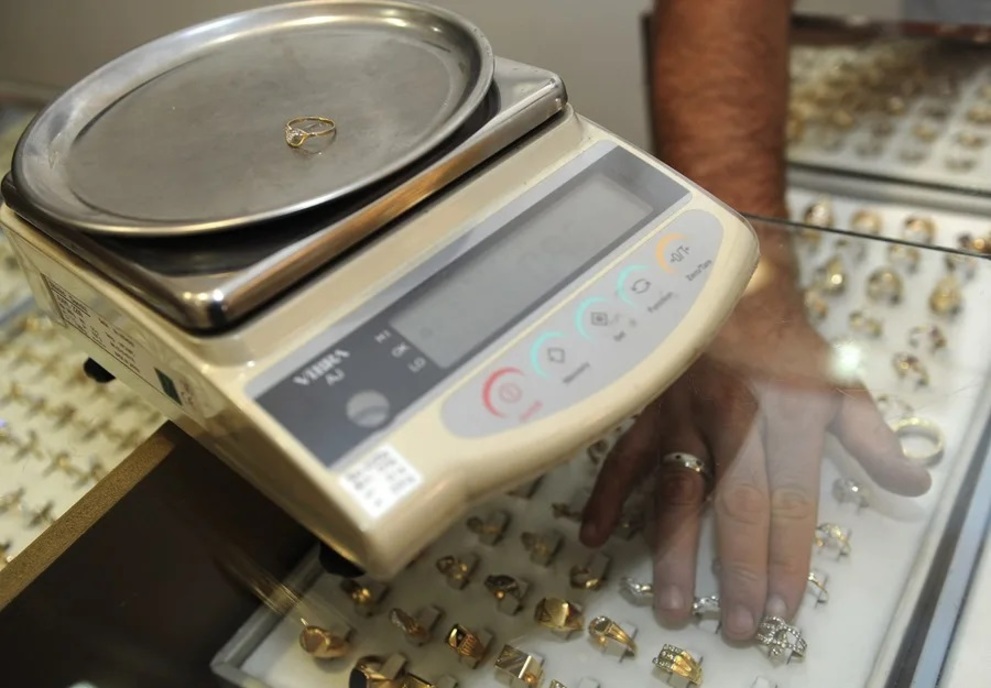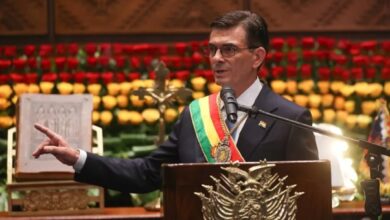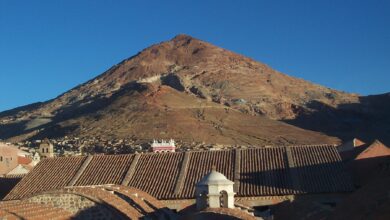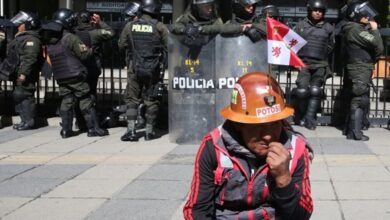Bolivia’s Gold Forwards Buy Time but Bind the Next Government

Bolivia has turned bullion into breathing space, raising nearly a billion dollars through gold forwards and hedges to stave off default. The gamble eases today’s crisis but burdens the next government with deliveries, legal risks, and environmental shadows.
Gold Becomes a Lifeline
In a year when hard currency has been scarce and reserves dwindled, Bolivia leaned on its oldest asset: gold. The central bank quietly signed forward contracts, exchanging promises of bullion tomorrow for dollars today. Between May and August, deals on more than five tons of gold yielded nearly $600 million. Earlier sales pushed the tally to roughly $916 million across 8.4 tons, according to analysts.
The impact was immediate. Reserves rose to about $2.9 billion, enough to reassure markets that bond payments would be met and default averted. For a government staring at drained coffers, the math worked: sell time, not just metal. But the contracts all mature in 2025. Whoever wins the upcoming runoff election will inherit a calendar marked not in bills but in bars—deliveries that must be met regardless of price swings, production hiccups, or politics.
For now, the strategy has delayed a reckoning. The actual cost will be measured when the bullion leaves vaults and the dollars already spent are only a memory.
Inside the Forward-for-Dollars Playbook
The mechanism is deceptively simple. The central bank buys gold domestically in bolivianos, refines it, then enters forward contracts with global counterparties. The bank collects cash up front while pledging to deliver the bars a year later. Officials emphasize that the state retains legal title during the contracts’ life, portraying the deals as hedges rather than outright sales. A “reserve accumulation plan” is supposed to guarantee enough gold is on hand when settlement day arrives.
The logic is straightforward. Exporters demand dollars, fuel imports are priced in dollars, and bondholders expect interest in dollars. With soy, gas, and mining revenues soft, gold is one of the few liquid assets convertible at scale. Forwarding is less stigmatising than outright liquidation—it preserves the appearance of reserves while providing liquidity.
But the time shift is dangerous. Deliveries require steady production, predictable refining, and smooth logistics. If any falter, the next administration will confront obligations with no ready substitute. In financial terms, Bolivia has pulled tomorrow’s cushion into today’s balance sheet, betting that growth or new financing will fill the hole later.
Law, Politics, and the 22-Ton Threshold
The legal guardrail is a statute requiring the central bank to hold at least 22 tons of gold. That floor was meant to keep a crisis from emptying the vaults. Critics argue that forward contracts sidestep the rule by committing gold without formally breaching the threshold. Supporters counter that without these deals, the country would already have faced missed payments and a potential default.
The dispute has spilled onto the campaign trail. Opposition candidates frame the strategy as mortgaging the nation’s patrimony. One has threatened legal action if the statutory floor is breached, comparing the deals to pawning family jewels. For voters, the issue crystallizes a broader choice: continuity of MAS-era economic management or a conservative pivot that promises austerity.
Whoever wins in November will face bullion deadlines within months. To meet them, the new administration must either accelerate the “accumulation plan” with enough domestic supply or find fresh financing abroad. Each path risks backlash: more mining deepens environmental concerns, while foreign borrowing angers nationalists and tightens debt ratios.

EFE@Georgi Licovski
Environmental Costs and Tomorrow’s Reckoning
Behind the numbers lies a landscape scarred by extraction. Much of Bolivia’s gold comes from artisanal mining in Amazonian watersheds. Informal camps use mercury, strip forests, and trespass on indigenous territories. A guaranteed buyer in the form of the central bank incentivizes output, stabilizing prices but also magnifying pressure on fragile ecosystems. Environmental groups warn that monetizing gold at this scale without strict traceability is underwriting long-term damage for short-term cash.
Transparency is another weak link. The central bank publishes tonnages and dollar inflows but not counterparties, hedge terms, or the mechanics of its accumulation plan. Markets tolerate opacity in good times. But when deliveries loom, silence breeds suspicion—from political rivals at home to investors abroad.
For now, the strategy has bought time. Bonds are current, reserves look healthier, and the government can point to numbers that calm markets. But next year the contracts mature. Success will depend on whether the bars are ready, the 22-ton floor remains intact, and environmental oversight catches up with demand.
Also Read: China’s Springboard in Latin America Forces Washington to Rethink Development Finance
Bolivia is borrowing time from its own vault. If the breathing space is used to rebuild growth, credibility, and diversification, the gold forwards will look shrewd. If not, the bullion will leave, the dollars will already be spent, and the bill—financial, political, and ecological—will come due.





